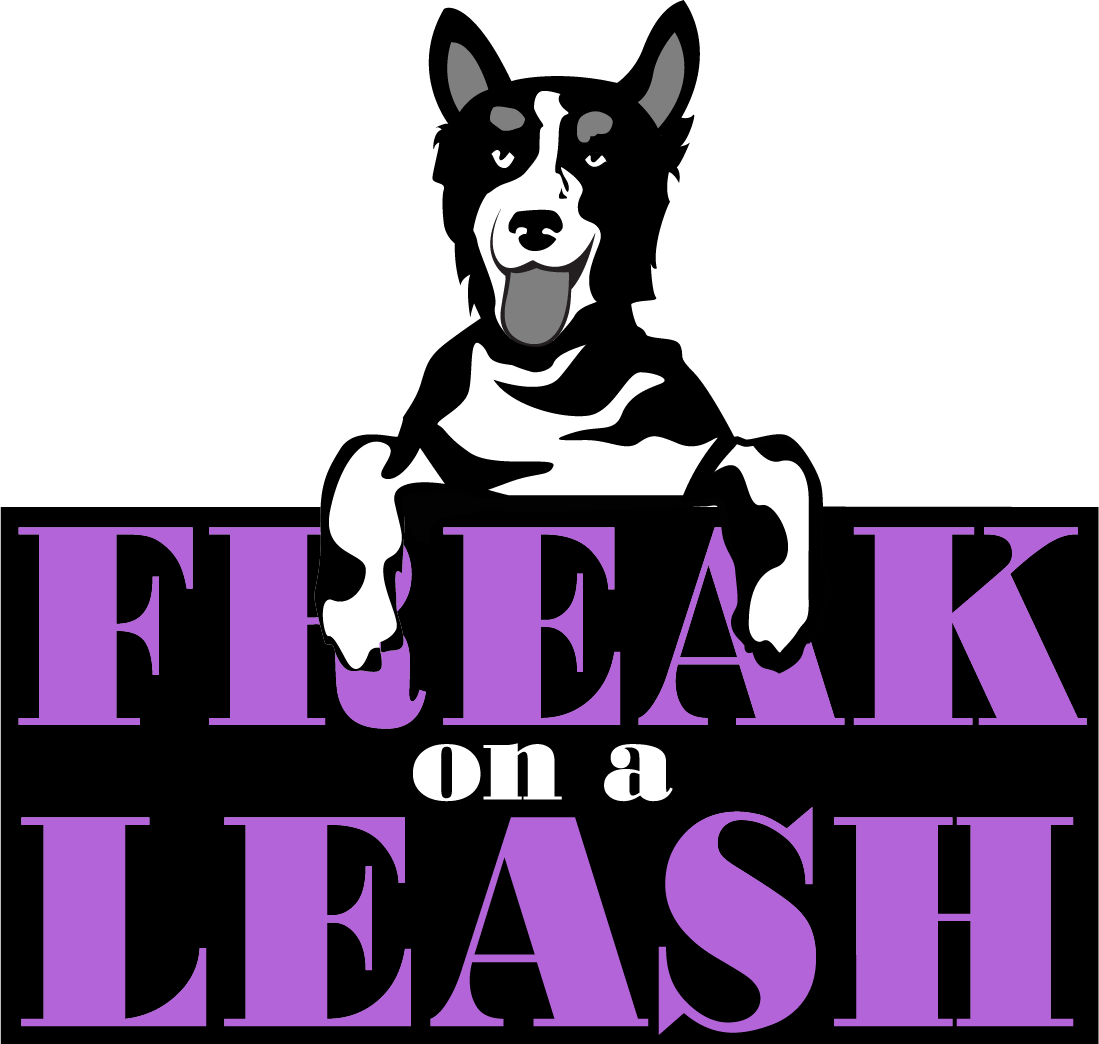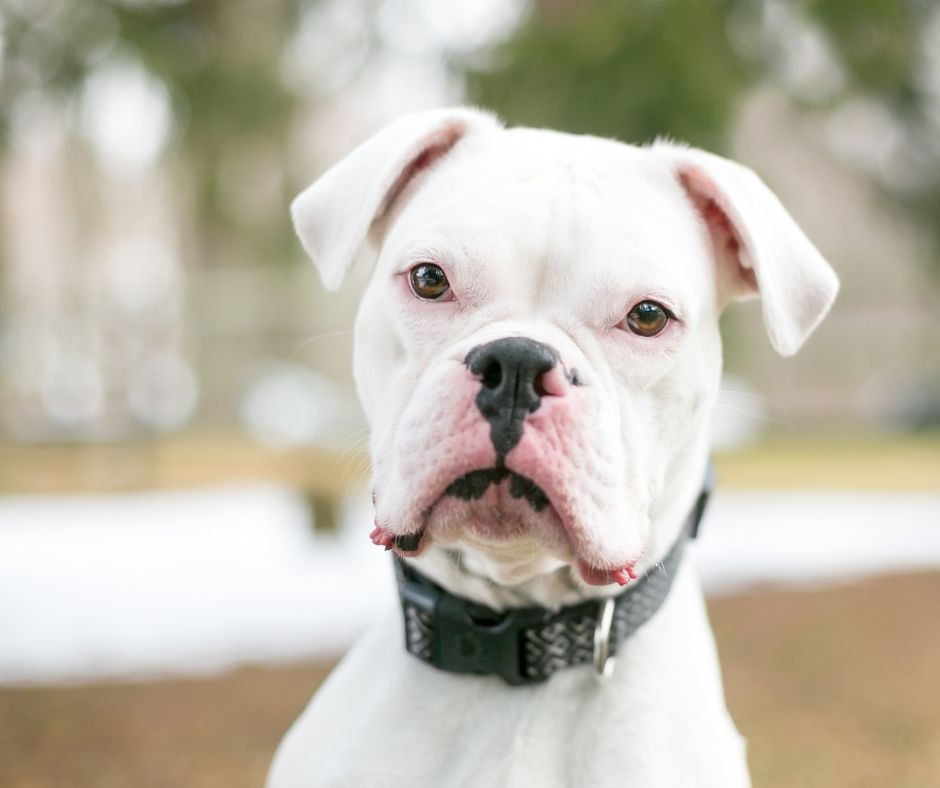Training a hearing-impaired dog might sound like an intimidating task at first, but with the right approach and strategy, it can be a fulfilling experience. Deaf dogs are just as capable of learning and bonding with their owners as any other dog. In this guide, we will explore everything you need to know about training them. We will debunk common myths and misconceptions surrounding deaf dogs, discuss the challenges that may come with training, and provide effective methods using hand signals and positive reinforcement. Additionally, we will cover how to address excessive barking and foster good behavior in your furry friend. Most importantly, we will talk about how to make sure your deaf dog feels safe and secure in their environment. With this expertise, you’ll be well on your way to building a strong bond with your companion.
 Understanding Deaf Dogs
Understanding Deaf Dogs
Deafness in dogs can occur due to various causes, and certain breeds such as the border collie can be more prone to deafness. Training a deaf puppy comes with its own set of challenges, but there are also many benefits to it. When it comes to basic training techniques, hand signals and visual marker cues can be highly effective. For more advanced training, methods such as scent training and touch cues can also be utilized. It is crucial to understand the importance of positive reinforcement and patience in training a deaf dog. By using these techniques and being patient, you can help your deaf puppy learn and thrive.
Common Myths and Misconceptions
Deaf dogs are just as trainable as hearing dogs, contrary to common myths. Communication with a deaf dog is possible through hand signals, visual cues, and tactile cues. It is important to understand that deafness does not make a dog more aggressive or anxious. Deaf dogs can lead happy and fulfilling lives. The key to training a deaf dog lies in patience, consistency, and positive reinforcement. With these techniques, any deaf dog can learn obedience and new behaviors. Educating people about these misconceptions is crucial for promoting understanding and compassion towards dogs with deafness or hearing impairment.
The Challenges of Training a Deaf Dog
Training a deaf dog presents unique challenges that require patience and understanding, including separation anxiety. Communication becomes a hurdle as deaf dogs cannot hear commands, making it essential to rely on visual and tactile signals such as a leash. Socialization can be difficult for deaf dogs, leading to feelings of isolation and struggles to interact with other dogs. Safety is also a concern, as a deaf dog cannot hear potential dangers like cars or other animals. To overcome these challenges, consistent and patient training using positive reinforcement and reward-based techniques is key to helping deaf dogs learn and thrive.
 Communication Barriers
Communication Barriers
Overcoming communication barriers is crucial when training a deaf dog. As already mentioned, using alternative methods like hand signals or tactile cues will allow for effective communication and help grab a deaf dog’s attention. Consistency and repetition play a vital role in establishing understanding. Positive reinforcement techniques, such as rewards and treats, help reinforce desired behaviors without relying on verbal cues. Patience is key to gaining a deaf dog’s trust and being successful in training. Seeking advice from professionals or experienced trainers can provide valuable guidance in navigating the challenges of communication. Remember, building a strong bond and understanding begins with effective communication methods.
Effective Training Methods for Deaf Dogs
When training a deaf dog, it’s essential to adapt your methods to their unique needs. Instead of relying on verbal commands, use visual cues and hand signals to communicate with them effectively. Reward-based training techniques work wonders for deaf dogs, as they respond well to positive reinforcement. Remember to be consistent and use repetition in your training sessions, as this will help the dog understand and retain the information better. Incorporating scent and touch into your training exercises can also enhance a deaf dog’s learning experience. If you need guidance, consider seeking the assistance of a professional dog trainer who specializes in deaf dogs.
 Utilizing Hand Signals for Instruction
Utilizing Hand Signals for Instruction
When training deaf dogs, hand signals, including American sign language, play a crucial role. Repetition and pairing the hand signals with positive reinforcement are key to helping your dog understand and respond to these visual cues. Keep the hand signals clear and simple for commands like sit, stay, come, and down. Consistency is important; use the same signals every time to avoid confusion. Remember to reward your dog for correct responses to reinforce good behavior. Utilizing hand signals such as sign language is an effective way to communicate with your deaf dog and build a strong bond.
Positive Reinforcement in Deaf Dog Training
Positive reinforcement, specifically clicker training, is widely recognized as the most effective training method for deaf dogs to learn correct behavior. By using rewards such as treats, toys, and praise, we can reinforce desirable behaviors in these special pups. Consistency is key in positive reinforcement training, as it helps the deaf dog understand what is expected of them. It’s important to avoid punishment-based methods as they can lead to fear and anxiety in deaf dogs. Patience and understanding are crucial when working with a deaf dog, allowing them to learn and thrive in a compassionate and supportive environment, sometimes with the help of a therapy dog.
 Dealing with Excessive Barking in Deaf Dogs
Dealing with Excessive Barking in Deaf Dogs
Excessive barking can be a common issue in deaf dogs, as they are unable to hear their own voice. However, there are effective strategies to manage and redirect this behavior. Using existing hand signals and visual cues to communicate with your deaf dog can help redirect their attention away from barking. Providing mental and physical stimulation is also important to prevent boredom and excessive barking. Positive reinforcement training techniques, such as rewarding desirable behavior and discouraging barking, can be effective. If the excessive barking persists, it may be beneficial to seek advice from a professional dog trainer or behaviorist.
Causes and Solutions
Excessive barking in deaf dogs can stem from anxiety, boredom, or a lack of stimulation. Fortunately, it’s a good idea to use consistent training and positive reinforcement techniques to effectively redirect their focus and discourage excessive barking. Teaching alternative communication methods, such as hand signals or tactile cues, can also aid in preventing frustration and promoting understanding. Additionally, providing mental and physical stimulation through activities like puzzle toys and regular walks can alleviate boredom and reduce barking tendencies. In severe cases, it may be beneficial to seek guidance from a professional dog trainer or behaviorist who specializes in working with these dogs.
Fostering Good Behavior in Deaf Dogs
Fostering good behavior in deaf dogs requires a combination of positive reinforcement, visual cues, consistency, environmental management, and professional help. Using treats and praise as positive reinforcement can be effective in training deaf dogs. Teaching them hand signals and other visual cues instead of relying on verbal commands will help them understand and follow instructions. Being consistent in training and routine will make them feel more secure. Making adjustments to your home and yard to ensure their safety and comfort is crucial. Seeking assistance from certified trainers or behaviorists can address any training challenges you may face with your deaf dog, including preparing for the canine good citizen test.
Techniques for Confidence Building
Creating a comfortable and stress-free learning environment is crucial when training a deaf dog. Positive reinforcement helps build confidence and understanding. Hand signals, such as ASL, can replace verbal cues for effective communication. Consistency is key; stick to a regular training routine to establish trust and reinforce learning. Incorporating play into training sessions makes it more enjoyable and enhances the dog’s engagement. Patience and understanding are essential, as it may take time for a deaf dog to grasp new behaviors, including body posture. By employing these techniques, you can help your deaf dog build confidence and excel in their training journey. Deaf dogs can participate in many dog sports, from organizations like the American Kennel Club. Dog sports are a great way to build confidence in any dog.
 How to Ensure Your Dog Feels Safe and Secure
How to Ensure Your Dog Feels Safe and Secure
To ensure your deaf dog feels safe and secure, use visual signals and hand gestures to communicate. Establish a consistent routine and provide them with a quiet space to retreat if overwhelmed by distractions. Consider enrolling in a training program for dogs to learn more techniques.
Conclusion
Deaf dog training requires patience, understanding, and effective communication. It’s important to debunk common myths and misconceptions about deaf dogs and recognize the challenges they face. Utilizing hand signals and positive reinforcement are key techniques for training deaf dogs. Excessive barking can be addressed by identifying the causes and implementing appropriate solutions. Building confidence and creating a safe and secure environment is essential for fostering good behavior in deaf dogs. If you need further assistance or guidance in training your deaf dog, don’t hesitate to get in touch with a vet or our team of experts who are here to support you every step of the way.

